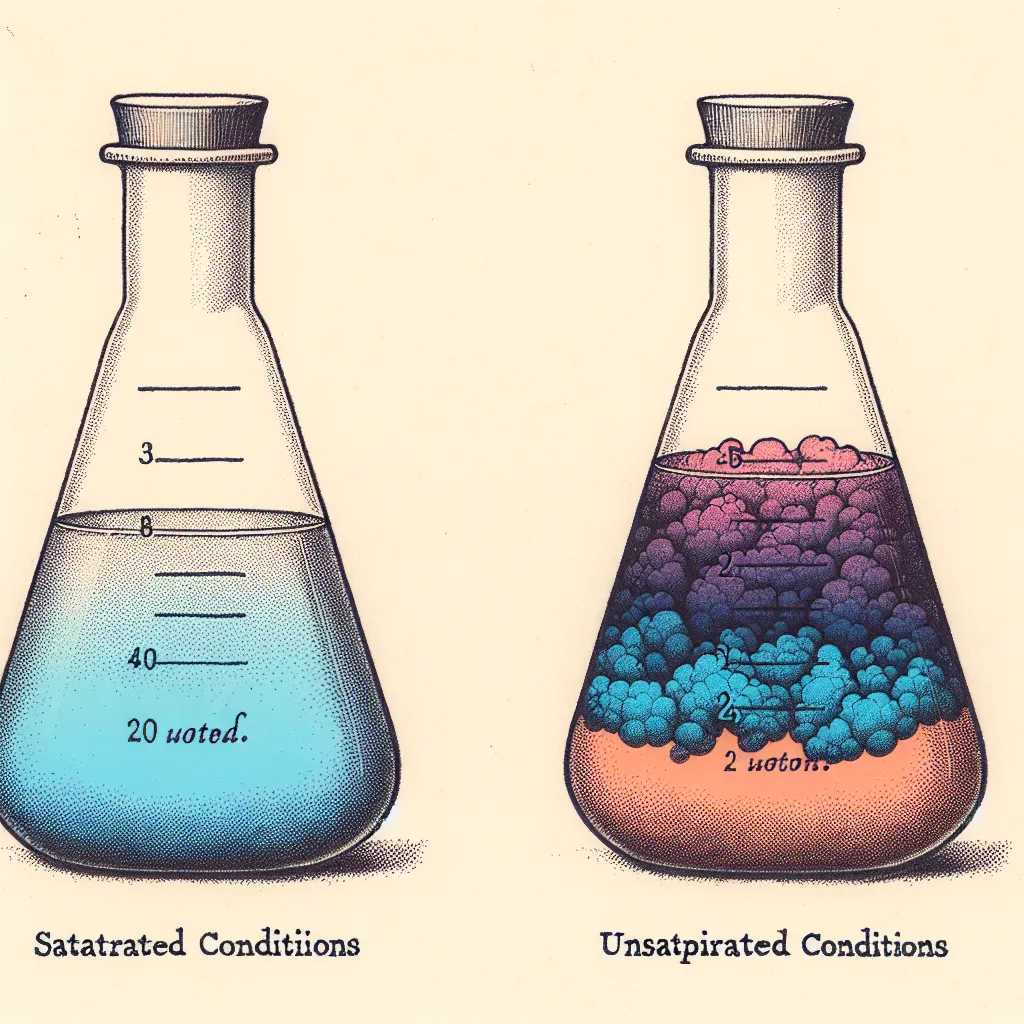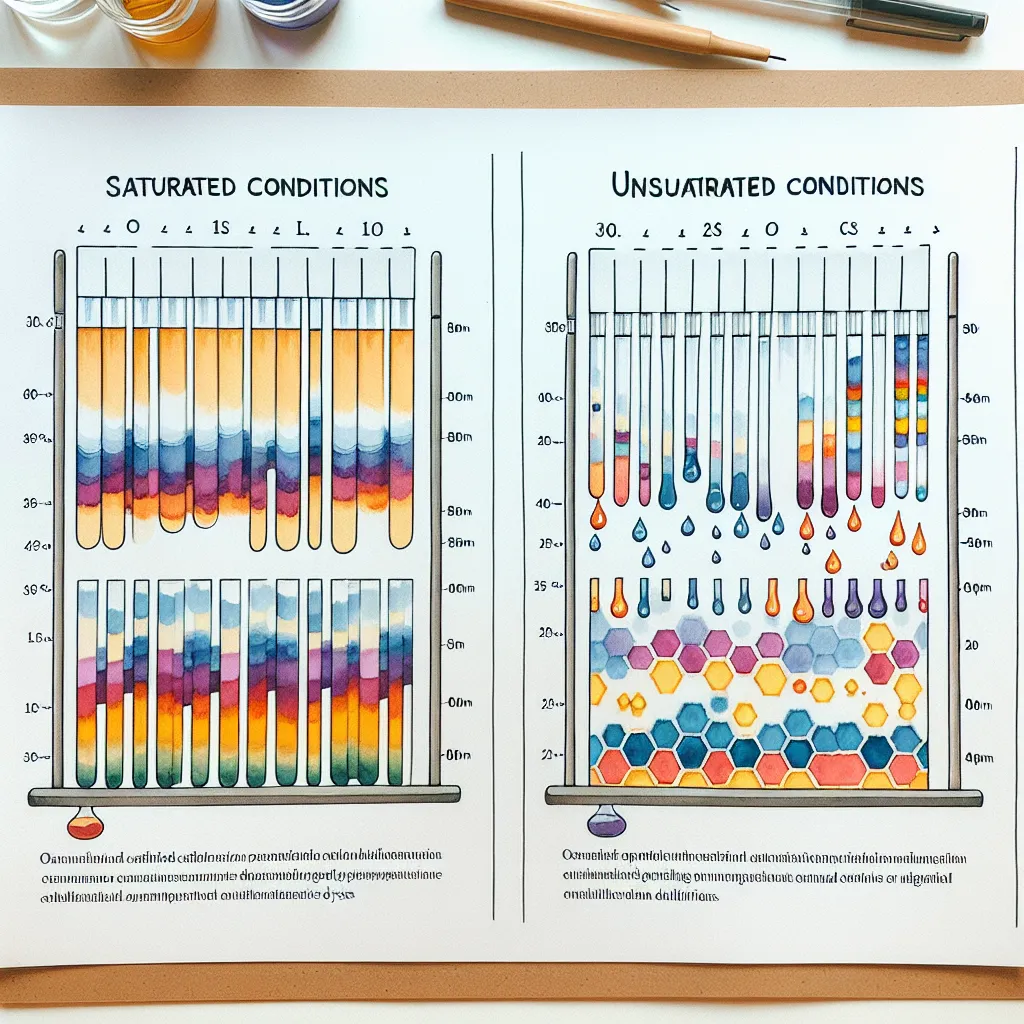Ask AI on The Internet
Question: Would it be possible to use eluent solvent mixtures in the unsaturated mode (e.g. benzene chloroform)? Explain any difficulties that might arise.
Yes, it is possible to use eluent solvent mixtures such as benzene and chloroform in unsaturated mode for chromatography. However, several difficulties might arise: 1. **Solvent Compatibility:** Benzene and chloroform have different polarities, and their mixture can lead to complications in the mobile phase behavior. Ensuring a consistent mixture ratio is crucial because even small changes can affect the elution process and the reproducibility of results. 2. **Health and Safety Concerns:** Both benzene and chloroform are hazardous chemicals. Benzene is a known carcinogen, and chloroform is toxic and potentially carcinogenic. Handling these solvents requires strict safety measures, including proper ventilation, use of fume hoods, and appropriate personal protective equipment (PPE). 3. **Eluent Saturation:** In the unsaturated mode, the stationary phase is not fully equilibrated with the eluent, which can cause instabilities in the chromatography process. This could result in variable retention times, peak shapes, and resolution. 4. **Polarity Mismatch:** If the stationary phase has a polarity that significantly mismatches the solvent mixture, the separation efficiency could be adversely affected. For example, polar compounds might not elute properly if there is an insufficient polar component in the eluent. 5. **Environmental Concerns:** The disposal of solvents like benzene and chloroform must be carried out in an environmentally responsible manner. These solvents are harmful to the environment, and their disposal must comply with regulations and guidelines to prevent contamination. 6. **Analytical Sensitivity:** The solvents might absorb at certain wavelengths, causing interference in UV detection methods. This could complicate the detection and quantification of analytes if overlapping absorbance occurs. Given these challenges, it is critical to weigh the benefits of using such eluent mixtures against the potential risks and difficulties. If possible, consider alternative solvent systems that may offer better safety, compatibility, and environmental profiles.
Think your answer is better than the AI's? Post it below.
Other Most Relevant Posts:
 Title: Exploring the Possibility of Using Eluent Solvent Mixtures in the Unsaturated Mode in Thin Layer Chromatography (TLC)
Title: Exploring the Possibility of Using Eluent Solvent Mixtures in the Unsaturated Mode in Thin Layer Chromatography (TLC)
 Ask AI: Discuss the separation of organic dyes under two different set of conditions: Saturated and unsaturated
Ask AI: Discuss the separation of organic dyes under two different set of conditions: Saturated and unsaturated
 Ask AI: Discuss the separation of organic dyes under two different set of conditions: Saturated and unsaturated using THIN LAYER CHROMATOGRAPHY
Ask AI: Discuss the separation of organic dyes under two different set of conditions: Saturated and unsaturated using THIN LAYER CHROMATOGRAPHY
 Ask AI: a) Discuss briefly why there appear to be differences in RF values under saturated and unsaturated conditions of tlc
Ask AI: a) Discuss briefly why there appear to be differences in RF values under saturated and unsaturated conditions of tlc
Question Tags
If you want your question answered by an AI, click here.



Post your own comment: